26 ways to photograph sport and action
Never miss a shot again
11. Blur the background
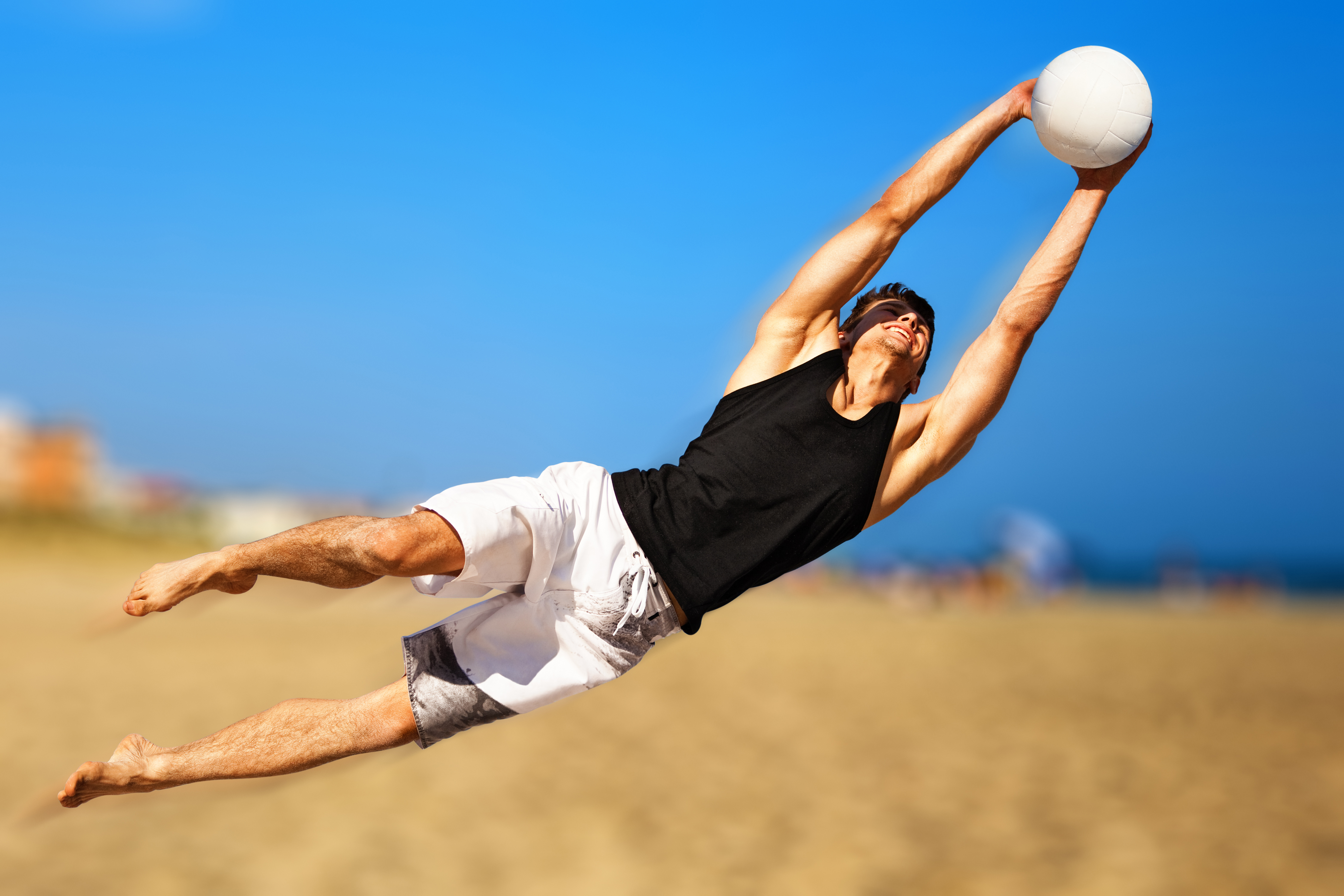
You can easily make your subject stand out from the background by choosing the perfect combination of aperture and focal length. Strictly speaking, the effect of depth of field is almost the same at any focal length. However, it appears that when using a telephoto lens, sharpness is reduced even at an aperture such as f/8 because the telephoto lens is magnifying the subject.
You can gain from this by selecting apertures of f/5.6, f/4 or even f/2.8 with a long lens, to maximise the difference in sharp focus between the subject and the background.
12. Spot the ball
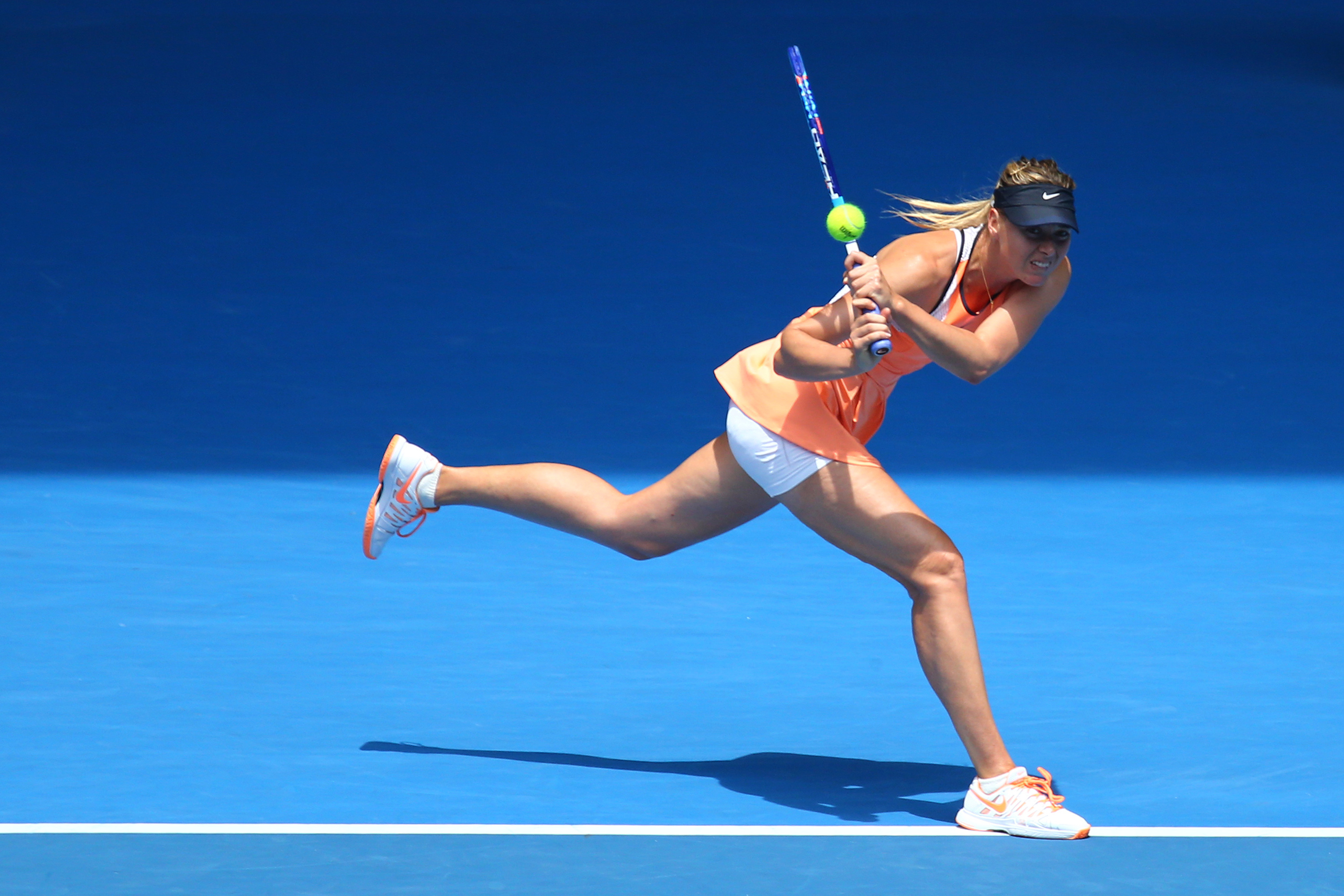
One element in lots of sports that will make a difference to your image is getting the ball in the frame. You’ll need fast shutter speeds and excellent timing to stop a ball where you want it to be – but when you do, it will provide a natural point of interest. It’s a lot easier with racket sports like tennis, where you can predict where the ball is heading to or from within a relatively tight space.
Don’t try to focus on the moving ball itself – you can only lose that game – but focus on the player and hope the ball freezes at a interesting point.
13. Get in the water
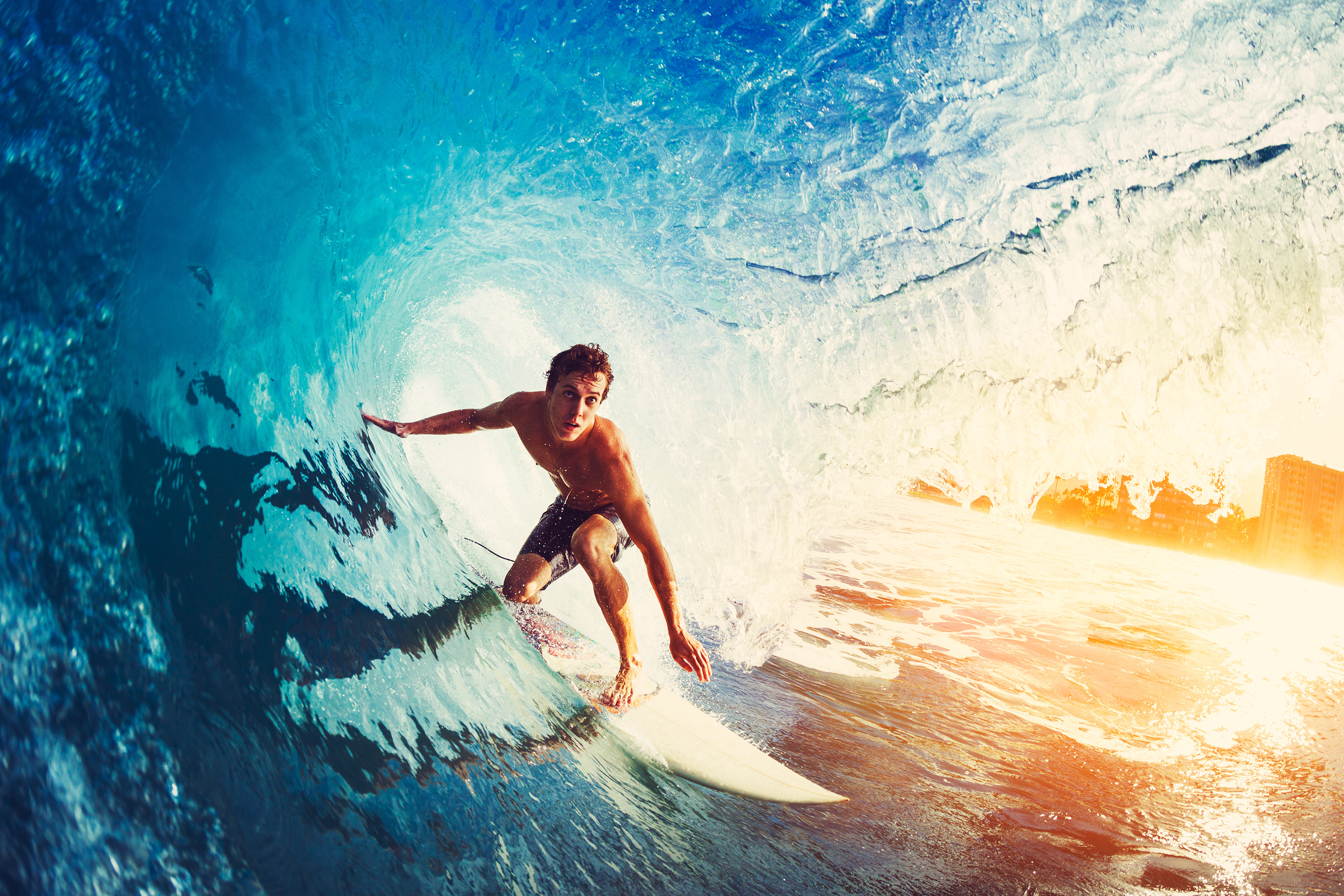
Lots of sports take place in the water. While shooting from dry land is OK some of the time, if you want to create an image that takes you into a different world, jumping in with them is the only option. But your expensive camera isn’t that waterproof, so you’ll need to invest in a housing that will allow you to shoot without finishing up with a soggy DSLR.
Inside a purpose-built housing like an Ewa-Marine, camera operation is a bit more fiddly, but after a bit of practice it’s easy to operate the important buttons through the PVC casing. Alternatively, take a look at a fully waterproof compact cameras that you can just jump straight in with. Canon, Nikon, Olympus, Fujifilm and other manufacturers have a waterproof wonder in their line-up.
14. Tell the story
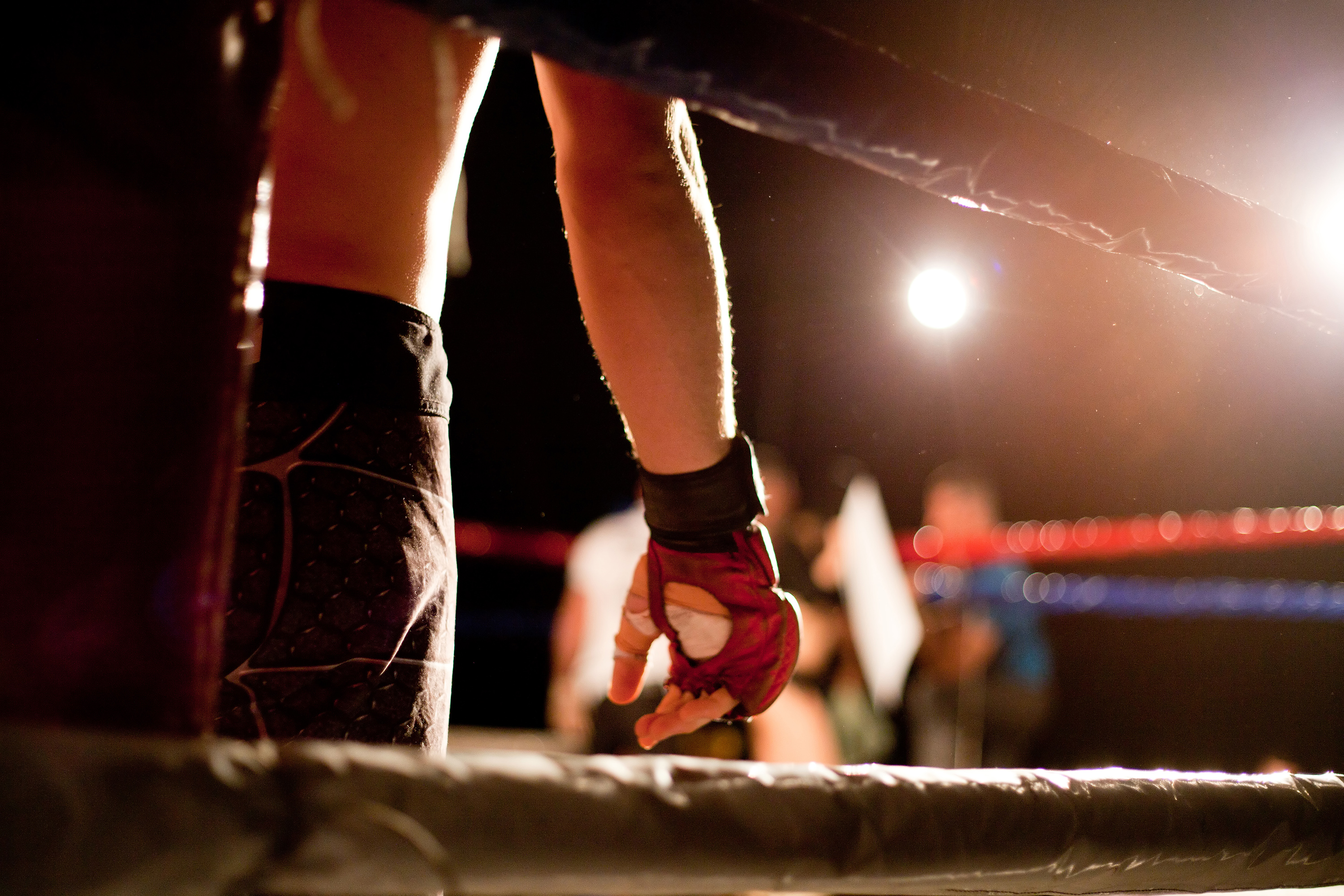
Always try to capture images with a narrative. Think of each image as an element of a story that reveals something about the event; crop into details sometimes, as well as taking the wider viewpoint. If you imagine an interesting caption in your head as you compose, you’ll find your images become more effective.
Get daily insight, inspiration and deals in your inbox
Sign up for breaking news, reviews, opinion, top tech deals, and more.
15. A different angle
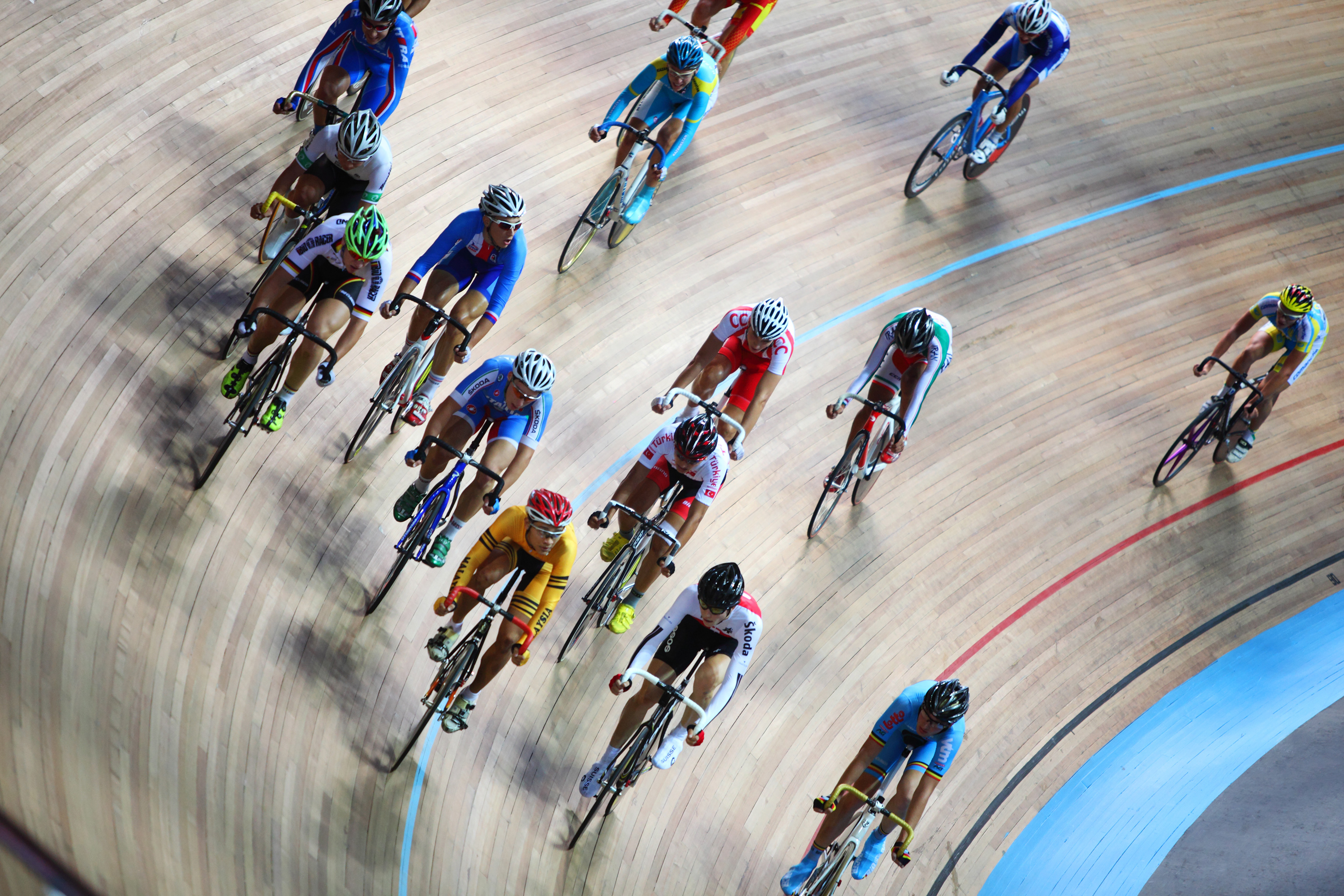
Look for dramatic angles to maximise impact. If you have time to plan ahead of an event, walk around your location to see how many different shooting positions you can find. During an event, don’t take a thousand images from the same spot: hunt out those angles you scouted for earlier.
16. Get low
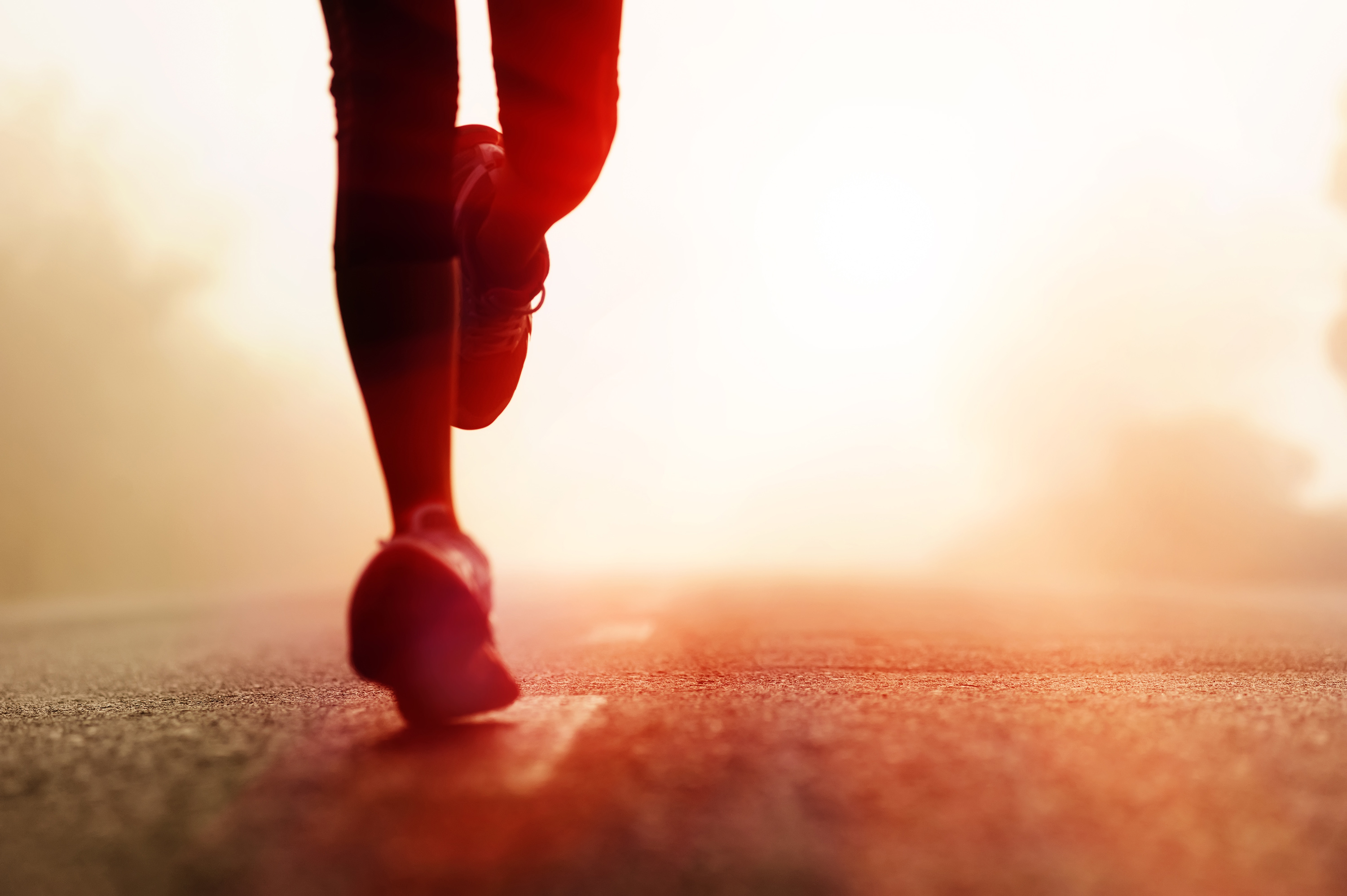
To inject a sense of dynamism into your photos, shoot from low down. In some sports, like swimming, this puts you into direct eyeline with your subject, while for others it can be used to bring more of the background more into the shot and create a greater sense of depth.
17. Fast shutter speeds
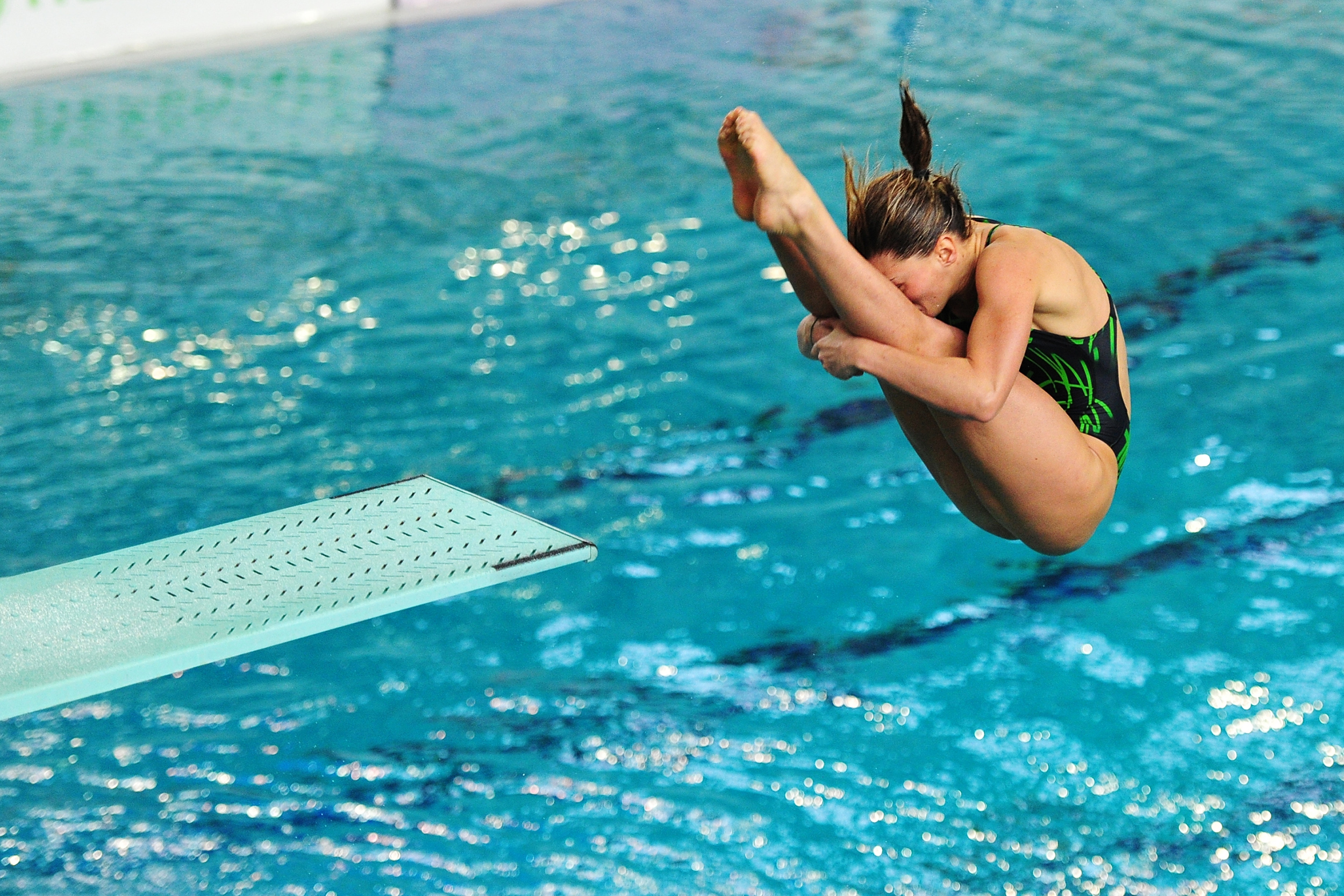
Fast shutter speeds are synonymous with sport because you need them to be able to freeze an action perfectly. As we said in tip 6 (ISO), to stop the motion in the frame, use as fast a shutter speed as you can.
The idea is to remove any potential motion blur from your shot and have every part of your subject pin-sharp. You need to be achieving about 1/1,000 sec or faster for most typical sports. Of course, like any rule of thumb there will be times when you can drop below this shutter speed but, as soon as you do, you will be risking some motion blur occurring in your image.
18. Lock focus
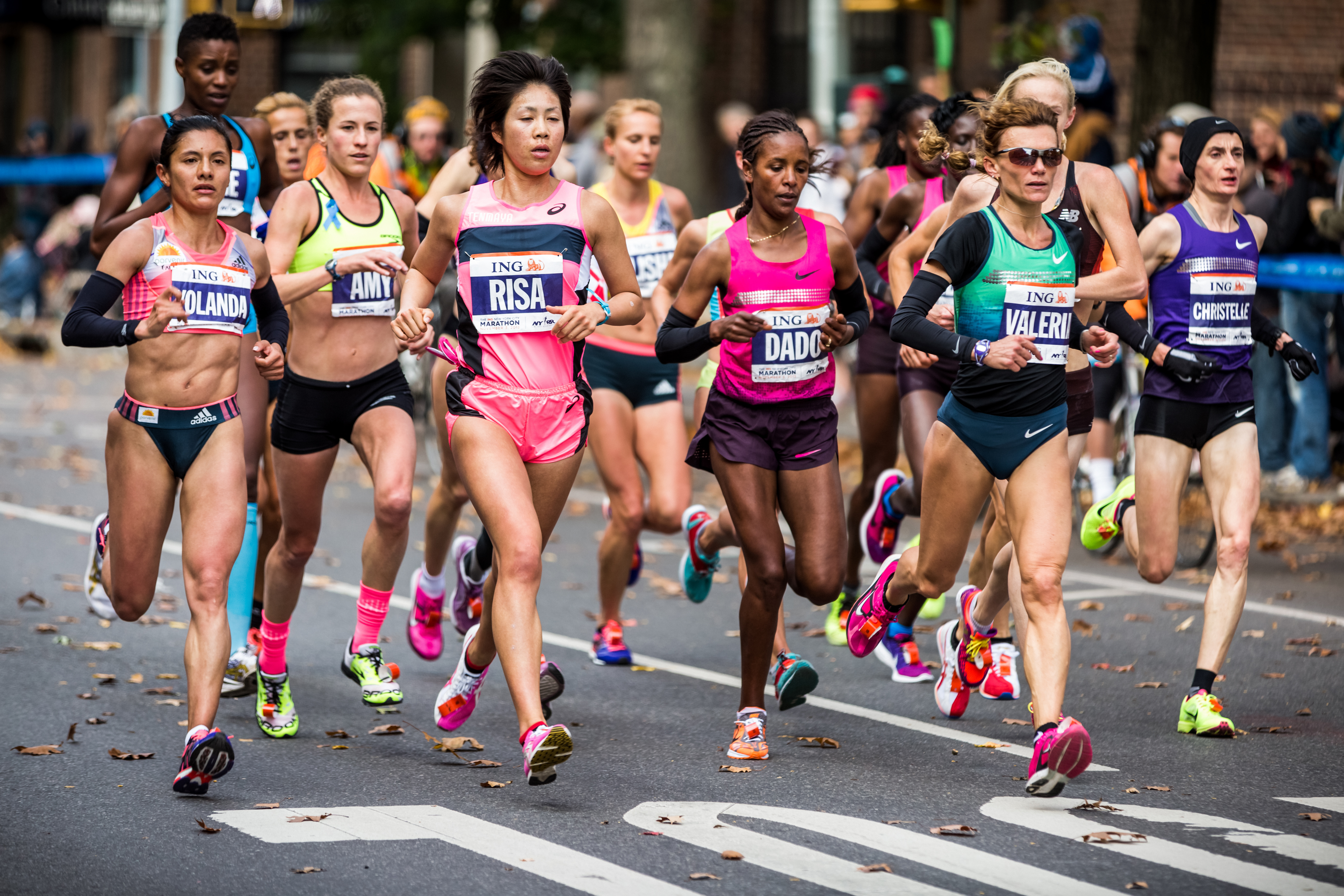
To give your camera every chance on locking focus on a moving subject, make sure you are using Continuous AF (AI Servo on some cameras). In this mode, the camera’s AF system will be constantly trying to keep the AF locked on your subject as long as you have the shutter button half-depressed. That means you can track a subject moving towards you, keep the focus on it as you follow it and simply fire the shutter at the appropriate moment.
You should use Continuous AF in conjunction with continuous shooting drive mode so that you can take a burst of shots one after the other.
19. Master AF
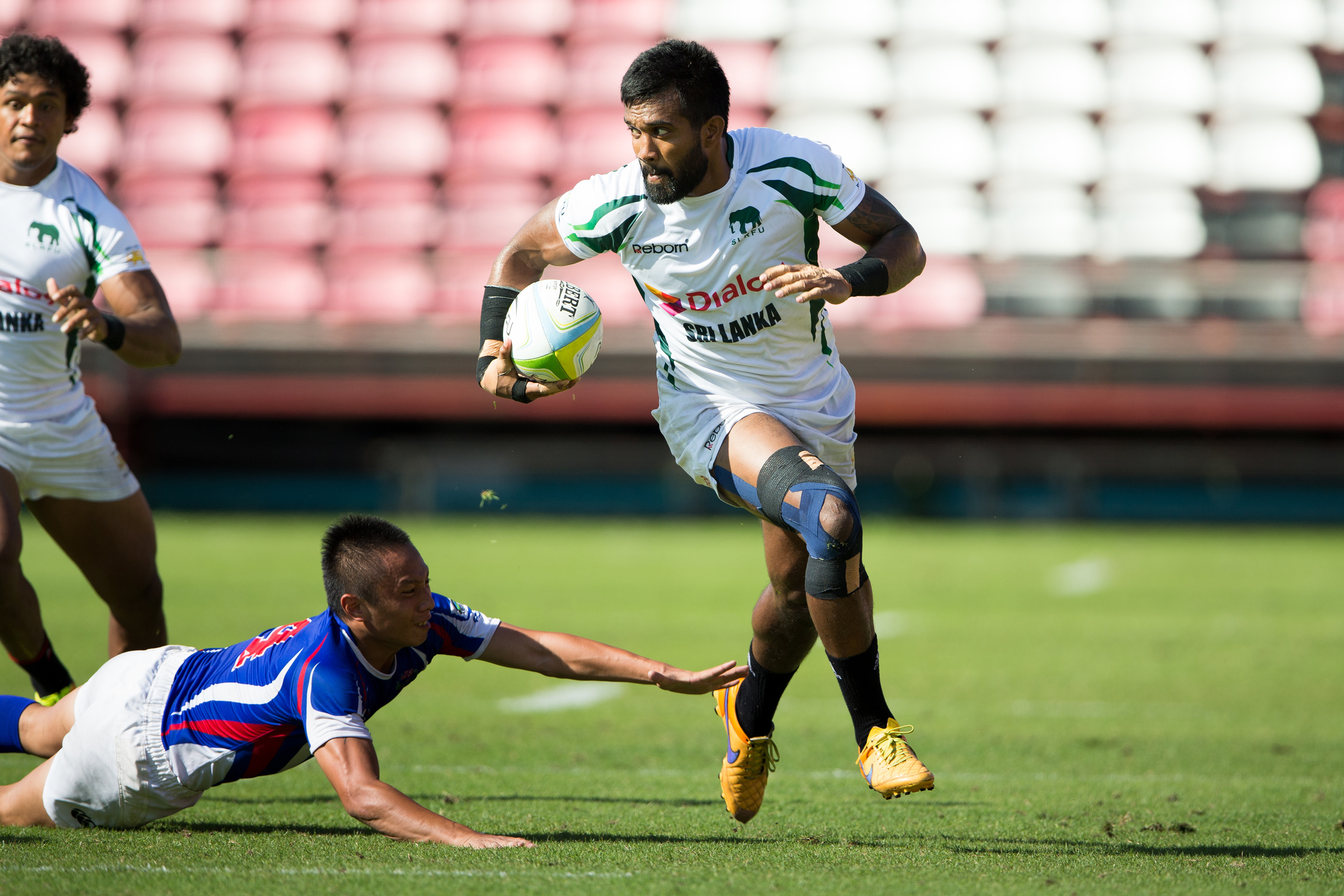
Modern autofocus systems are fast – but don’t try to shoot with AF while you’re using Live View, as the way focus is achieved here is slower. Your camera has a number of different AF points. The exact number varies from model to model, but the greater the number of AF points you have available, the more flexibility for accurate focusing there is. For ultra-accurate focus, select a single AF point. Your camera may allow you to select AF groups, which is a good way to achieve focus on a difficult subject.
Remember that you can change which AF point (or group) is active. On many cameras, the active AF point or group is selected via the D-pad or a little joystick on the rear of the camera body. If you are struggling to get focus, give yourself some space around the subject and use the centre AF point: it’s typically the most accurate.
20. Use a monopod
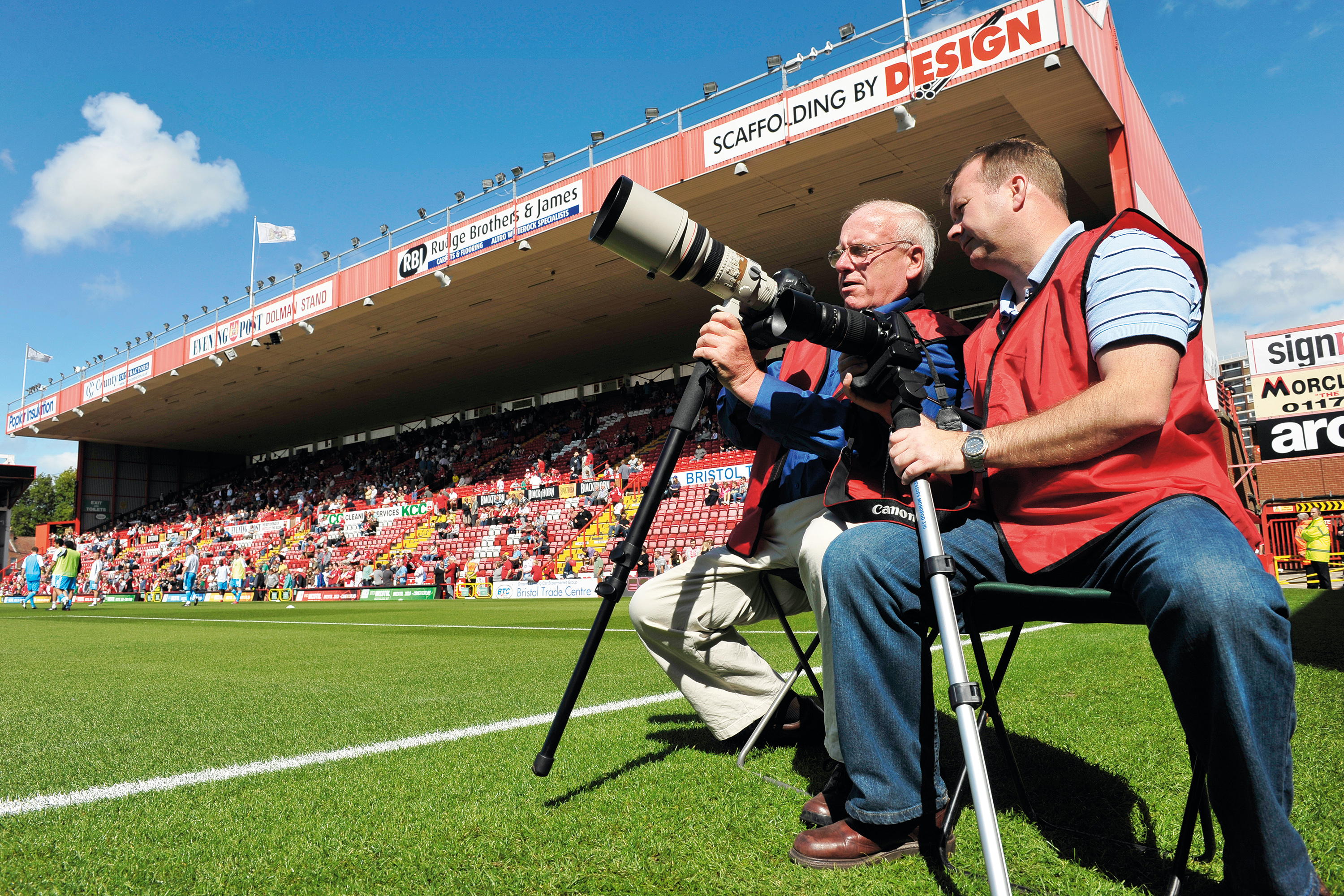
While monopods aren’t essential, many sports photographers use them to help keep heavy long lenses steady. They are easy to carry and take up less room when you’re hurrying around a track, but they’ll help you get sharper shots when it matters.
21. Get a fast lens
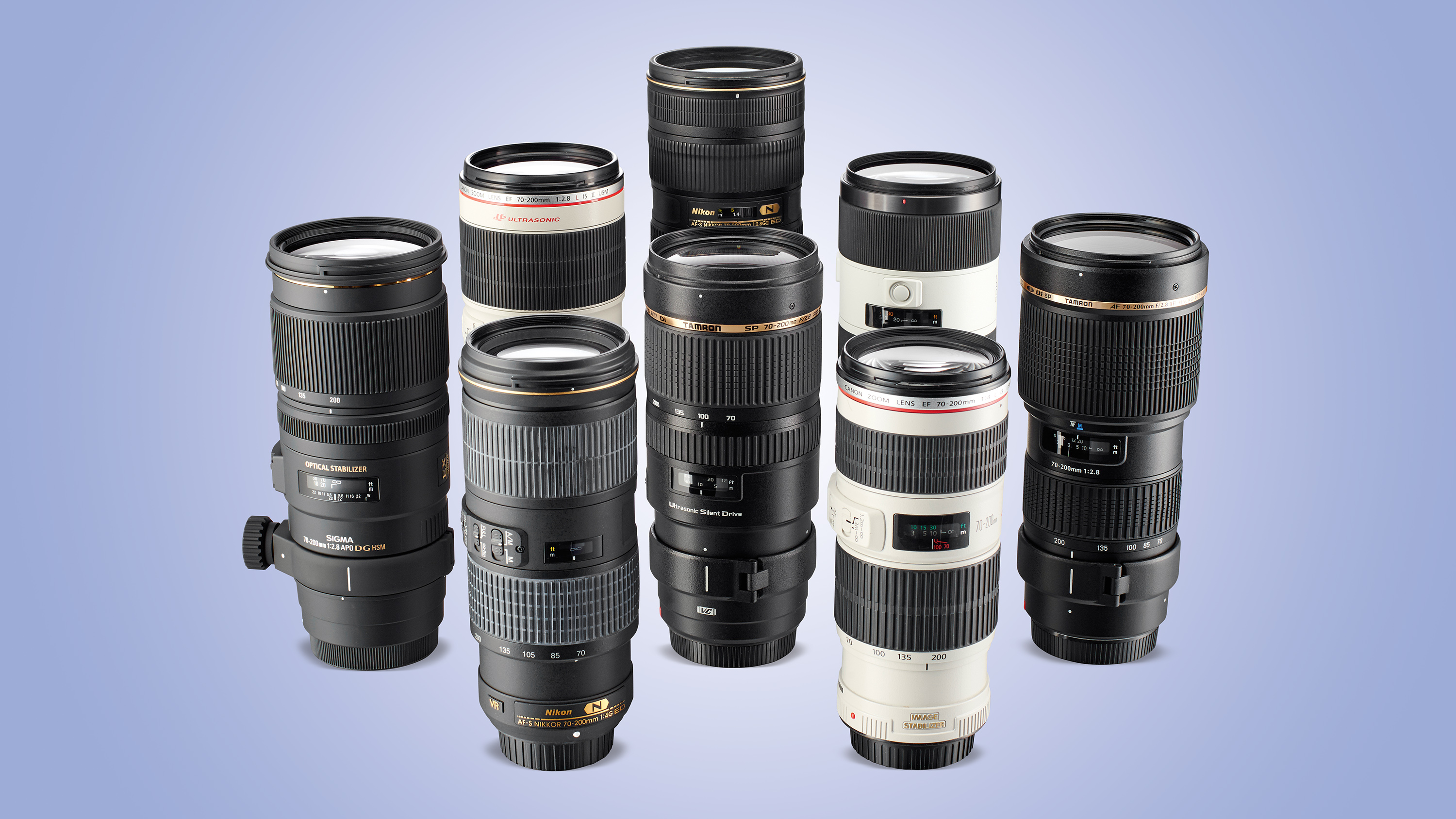
A fast (and inevitably expensive) telephoto lens is recommended. A focal length of 300mm-plus gets you close to the action, while a fast aperture of f/2.8 means the lens can focus accurately, get faster shutter speeds in tough conditions and blur backgrounds.
22. Switch IS on
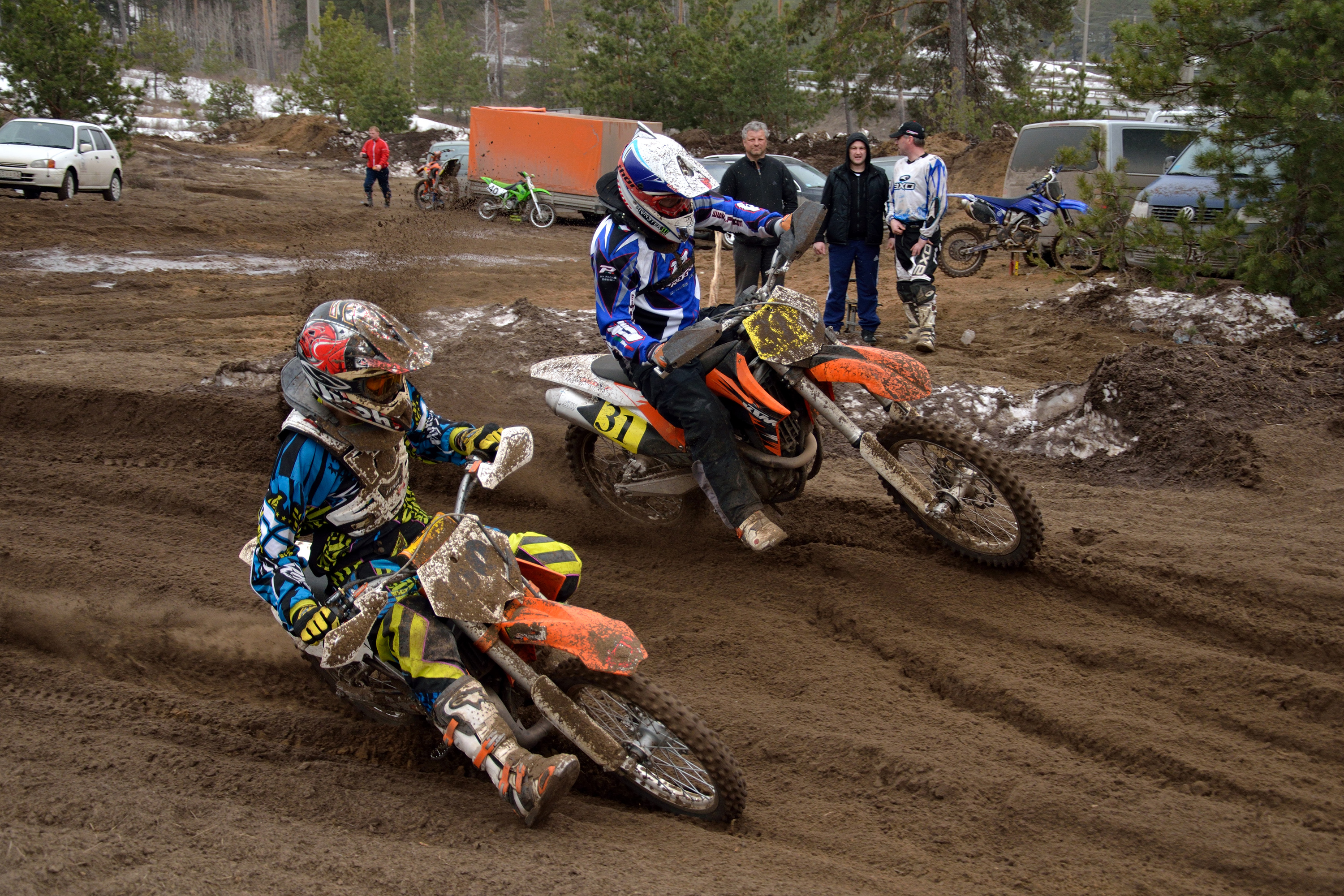
If you have image stabilisation on your lenses or built into the camera, switch it on. It will significantly improve your chances of getting sharp shots. Some lenses have different types of IS for basic hand-held or hand-held panned images.